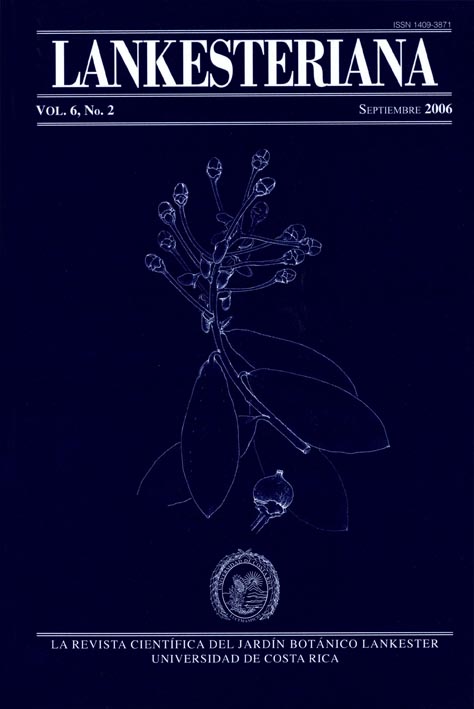Palmeras, palmas y mirtos en monedas de Costa Rica (1825-1951)
DOI:
https://doi.org/10.15517/lank.v6i2.19707Keywords:
Numismática / munismatics, coins / monedas, Costa Rica, palm tree / palmera, palm branch / palma, Phoenix dactylifera, myrtle / mirto, Myrtus communisAbstract
The coins of Costa Rica include a variety of plant illustrations. The first coin of Costa Rica, a gold half escudo (1825), features a palm tree. Palm branches were frequently used as wreaths in coins. Palm and myrtle (Myrtus communis) branches were also used tied as a wreath encircling the coin value, or under the coat of arms, or both. The palm tree traditionally engraved in many coins since phoenician times is the date palm, Phoenix dactylifera, with attached symbolic attributes like rectitude, strength, and usefulness. The palm branch was a symbol of victory for the greeks and romans. The romans of the first century A.D. associated the date palm with Judea. In this paper we include examples of the use of palm trees of different species, and palm branches, in coins and tokens of Costa Rica and other countries. We also provide examples of the use of the palm branch and the myrtle in coin wreaths.
Downloads
Downloads
Published
How to Cite
Issue
Section
License
According to the Open Access policy promoted by the University of Costa Rica, all the papers published by Lankesteriana are licensed under the Creative Commons copyright and can be downloaded free of charge. The journal holds copyright and publishing rights under the CC BY-NC-ND 3.0 CR license.
Before the publication of the materials submitted by the author(s) in LANKESTERIANA, the author(s) hereby assign all rights in the article to the Lankester Botanical Garden.





